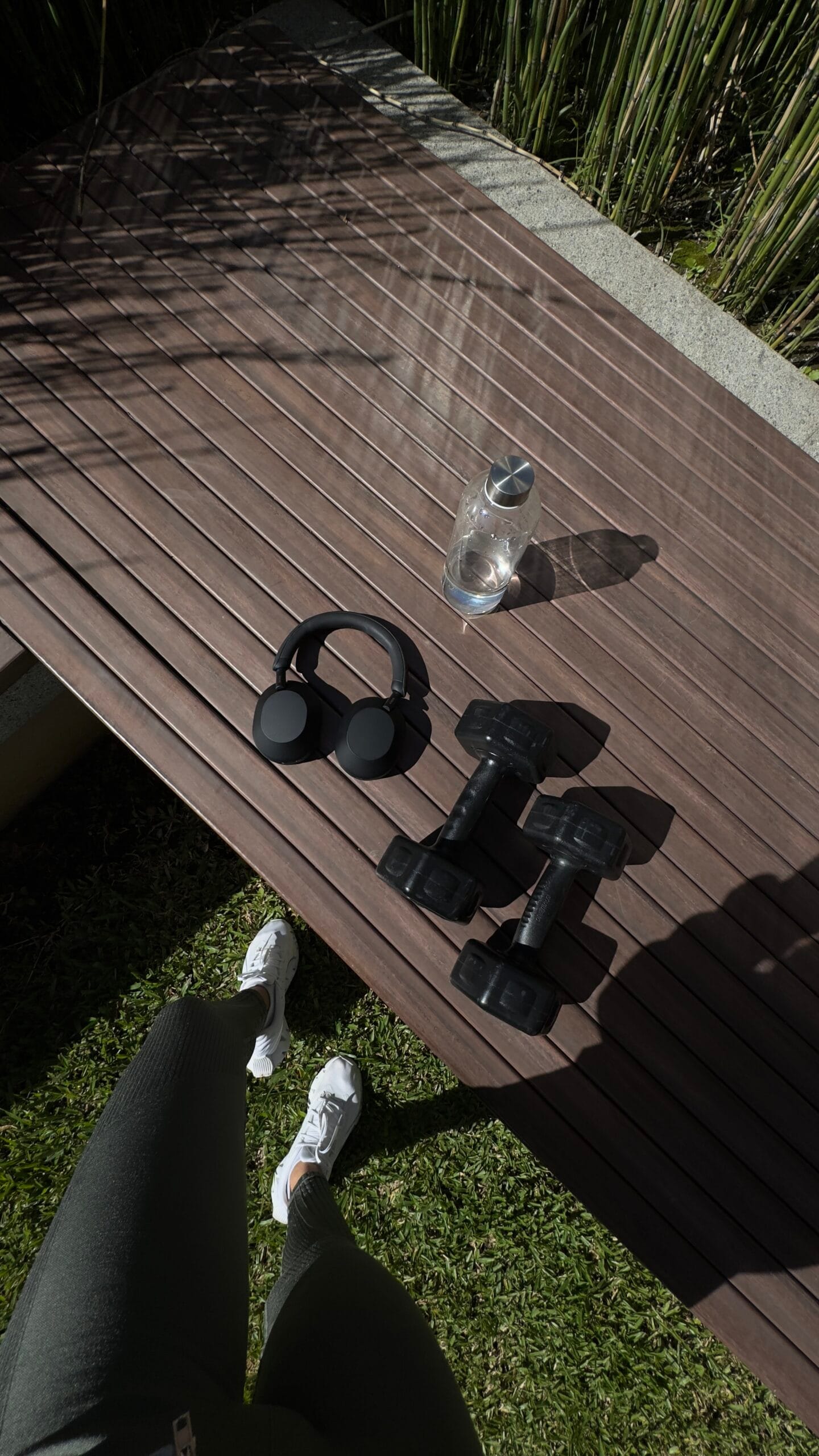The human body consists of approximately 30 trillion cells, all conducting their imperative business, with an estimated 1% being turned over every single day. Cells have programmed life cycles and in anciently designed synchronicity, new cells emerge as the old ones die. But not all of them. Human cells will divide no more than 50 times before dying, or in some cases, entering the twilight state of senescence.
“Cellular senescence relates to cells that stop dividing but don’t die — they accumulate and release damaging signals. Coupled with a decline in autophagy (the body’s internal recycling process), over time this leads to tissue damage, fatigue, poor detoxification, reduced regeneration, and increased risk of disease,” says Dr George Gaitanos, Chief Operating and Scientific Officer of the Chenot Group.
Stuck in the twilight zone
Though senescent cells perform a service to an extent; secreting inflammatory signals to the body’s immune system to encourage cell turnover and clear out damaged cells, this becomes counterintuitive with age.
“Cellular and tissue damage accumulates over time, and the immune system becomes less efficient at removing it. As a result, more of these cells build up in our tissues and when too many senescent cells pile up, they start causing problems. They impede the activity of neighbouring healthy cells by continuously releasing proinflammatory cytokines. This phenomenon promotes chronic inflammation known as “inflammaging”, it harms the structure and function of surrounding cells, damages the tissues, and increases cancer risk over time,” Dr Gaitanos explains.

Detecting errors in the system
Cellular senescence is a huge focus in scientific research because it has the potential to significantly increase our health spans.
However, with cells turning over constantly, the challenge lies in ascertaining how many of these “zombie cells” are residing in our blood day to day.
No single biomarker can definitively measure senescent cells throughout the body but functional testing at leading medical and wellness centres can gauge cellular ageing.
“Although there is not a single test to measure senescent cells, common tests are: SA-β-Gal staining, cell cycle proteins (p16, p21), DNA damage markers, telomere length, visual changes and inflammatory signals (SASP). At Chenot, we use suPAR as an advanced biomarker to detect chronic systemic inflammation, offering deep insights into biological ageing and cellular senescence. It’s a powerful tool to personalise and optimise longevity strategies,”
explains Dr. Antonio Di Mauro, Chenot’s Research and Innovation manager.
Senolytics: the bright future of regenerative medicine
Following decades of cellular investigation, researchers now use new molecules, engineered immune cells and highly complex gene therapy to identify and destroy senescent cells and in a bid to re-route age-related diseases. This emerging area of medical research termed Senolytics, is the process of flagging senescent cells for programmed cell destruction. Sophisticated homeostatic processes identify cells whose DNA has been damaged and remove them through a process called apoptosis, whereby immune cells break up molecules within the cell and recycle them, sending them along their correct pathway.
“Early research in animal studies is exciting because it has shown a lot of benefits for heart and lung health, increased physical strength and endurance, a reduction in age-related diseases and extended healthspan. Human trials are still in the early stages but senolytics are a promising direction for regenerative medicine,” lauds Dr Di Mauro.
Dasatinib and Quercetin are headline senolytic drugs with evidence supporting these compounds target senescent cells to improve respiratory and inflammatory markers. One pivotal study on aged mice, found the combination of these two compounds lessened physical fragility, rejuvenated their hearts and boosted their running endurance. Another in-depth assessment of the same senolytic drugs by King’s College London, demonstrated promising results in eliminating senescence in human heart cells, improving physical function and extending lifespan. Dozens of human clinical trials into senolytic therapies are now underway, with Rapamysin and Metformin among the next wave of compounds undergoing extensive health prolonging research.

The rise of senolytic regimes
Trailblazing scientific research aside, senolytic regimes are also gaining traction as daily foundational strategies to counteract the effects of senescent cells. Lifestyle habits are key in either protecting from, or predisposing towards, cellular senescence: diet, alcohol consumption, smoking, sleeping patterns, physical activity level, stress – it all matters.
Lifestyle
“Whilst environmental exposures such as radiation, UV light, pollution and toxins can accelerate cellular senescence, positive lifestyle interventions can help redress the balance. Time restricted eating, intermittent fasting, regular moderate exercise, good sleep hygiene and calorie moderation are powerful tools to promote cellular clean up,” says Dr. Gaitanos.
Nutrition
Several natural senolytic compounds found naturally in foods and plants have shown potential to selectively clear senescent cells and reduce their harmful effects. “Fisetin is found in strawberries, apples, onions, and cucumbers; whilst Quercetin is found in red grapes, dark chocolate, green tea, coffee, berries, apples, onions, broccoli, citrus fruits, and red wine. Polyphenols found in fruits, vegetables and green tea such as resveratrol, curcumin (from tumeric), omega fatty acids (from fatty fish, flaxseeds, walnuts) and Sulphorophane (from broccoli and sprouts), all show promising results in slowing senescence onset. Overall, eating whole, anti-inflammatory foods, reducing sugar intake and hydrating well, support the process,” advises Dr Di Mauro.
Heat treatments
Hydrotherapy, thermal body wraps, saunas and steam baths carry senolytic benefits as heat exposure improves circulation and lymphatic flow to stimulate the cellular clean up process. The “soldiers” of cells, known as heat shock proteins, are mobilised into action; repairing, destroying and removing damaged proteins.
Detoxing away cellular clutter
Detoxification is a powerful way to reduce the accumulation of senescent cells and boost cellular health. “In relation to senescence, detoxing helps create an internal environment where fewer cells are pushed toward senescence, and the body is better equipped to clean up existing cellular damage,” says Dr Gaitanos.
A structured detox such as the Chenot Method® supports the body’s natural ability to eliminate cellular “clutter” by stimulating autophagy, reducing inflammation, and enhancing internal repair processes. While Chenot does not use pharmaceutical senolytics, The Chenot Method® is about proactive biological self-renewal, applying evidence-based tools to slow biological ageing. “For Chenot, detox is a metabolic reset: a way to clean up at the cellular level, reduce biological noise, and restore the body’s ability to heal and adapt,” says Dr Gaitanos who heads up Chenot’s wellness retreats across the globe.
With the longevity conversation already addressing the macro interventions required in modern lifestyles, it’s now time to investigate the minutiae of our cells. Evidence shows that in eradicating cellular debris, we reduce chronic inflammation, delay the on-set of age-related diseases, and extend our healthspans accordingly. As Dr George Gaitanos concludes, “It’s not about completely stopping ageing, but rather slowing it down and maintaining healthier tissues longer.”
Improving our collective resilience and changing our health trajectories for years to come, might just start with a single cell.

References & source materials:
Hayflick, L. & Moorhead, P. S. Exp. Cell Res. 25, 585–621 (1961).
Detox Programme
Our signature Chenot programme aims to induce a deep purification and detoxification of the body to eliminate toxins, increase vitality, reset energy levels and rebalance its physiology.
CHF 5’500
Detox Programme
Relax your brain, revitalise your body – Chenot’s Recover & Energise programme reduces chronic stress and fatigue which restores optimal energy levels.
CHF 6’400
Detox Programme
Chenot’s most intense health span enhancing programme combining our signature detox with high-impact rejuvenation to delay the onset of biological ageing.
CHF 7’100
Detox Programme
Restore natural sleep rhythms and accelerate recovery with targeted treatments timed to your chronotype – built on the extraordinary power of our Recover & Energise programme.
CHF 7’960
Diagnostics & Optimisation
State-of-the-art medical diagnostics and functional testing for a precise and time-efficient overview of how your daily choices impact your health.
CHF 6’100





